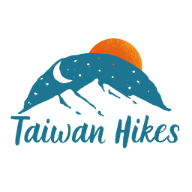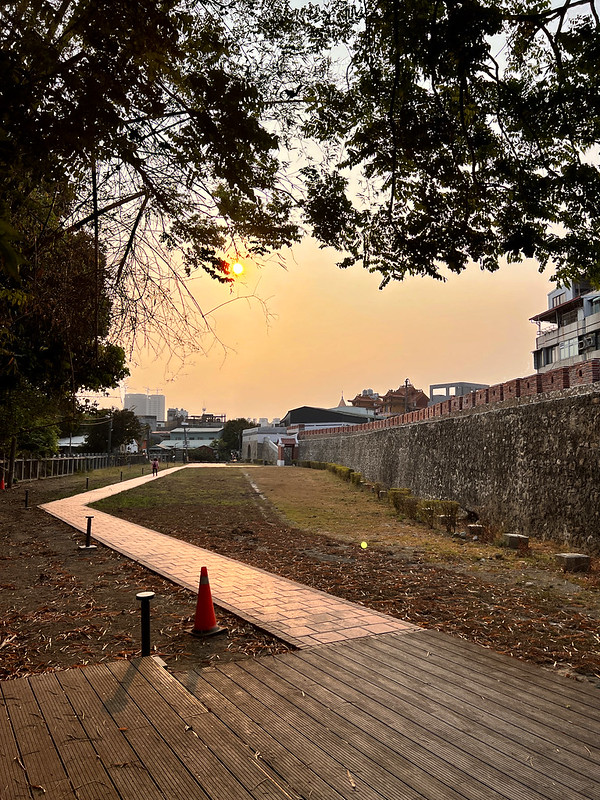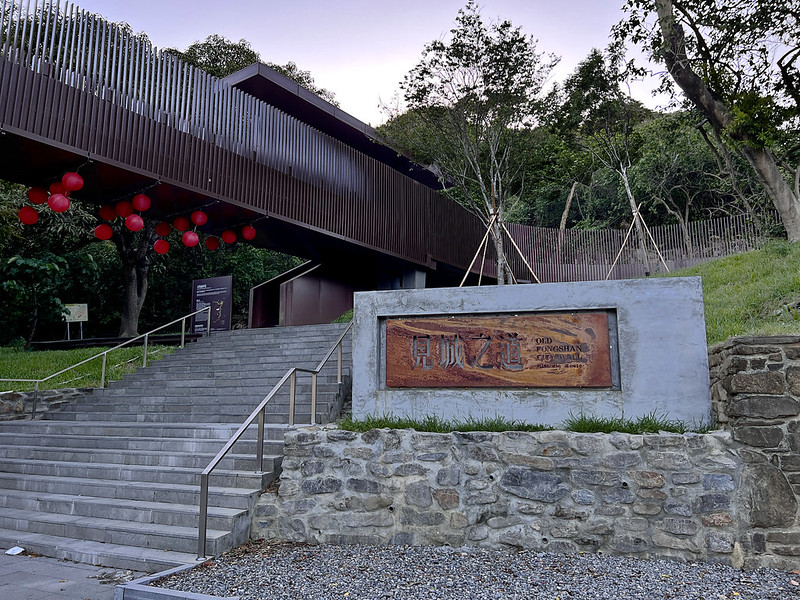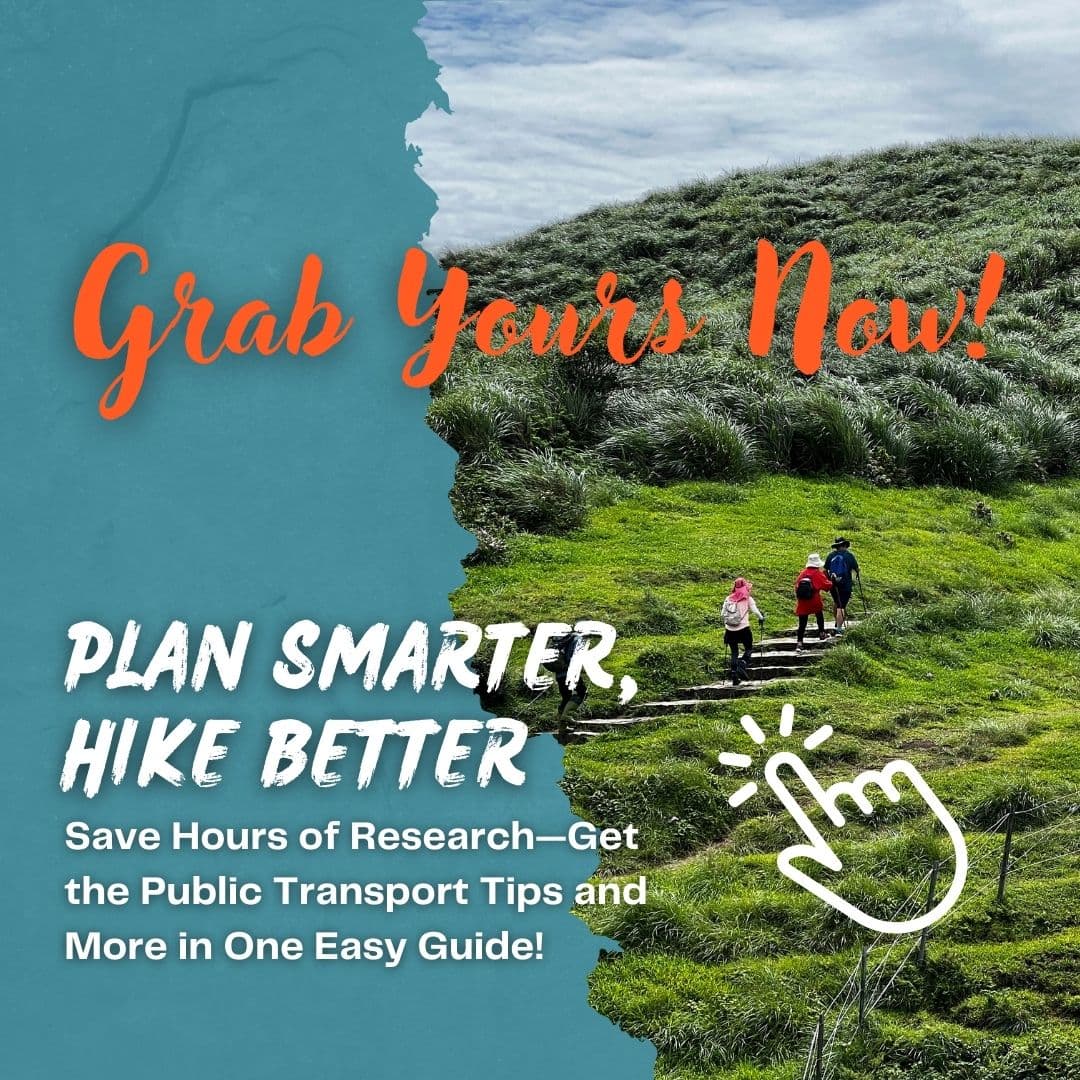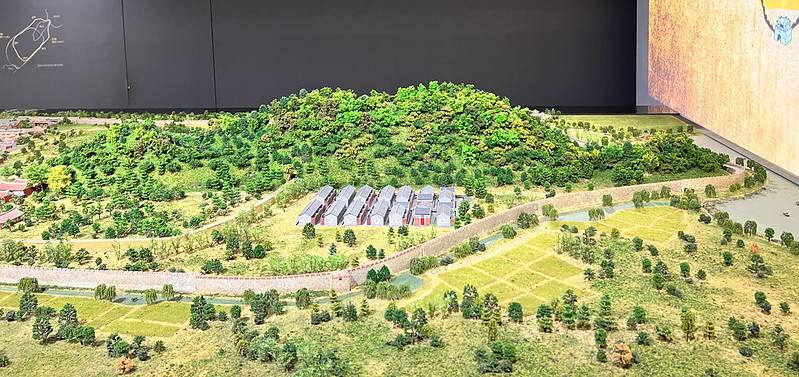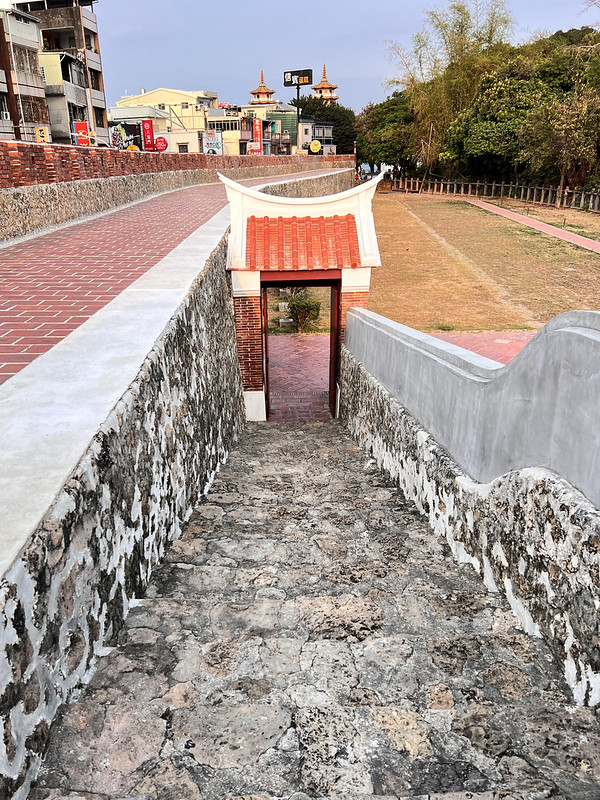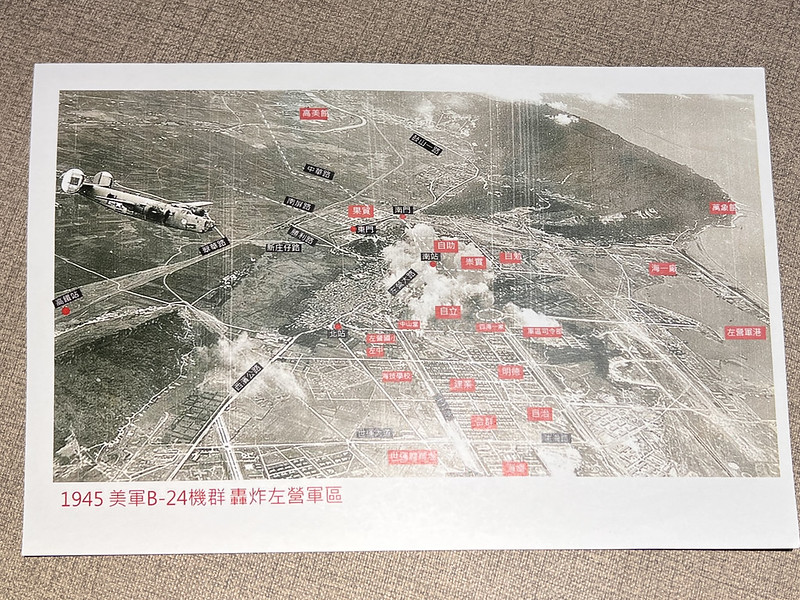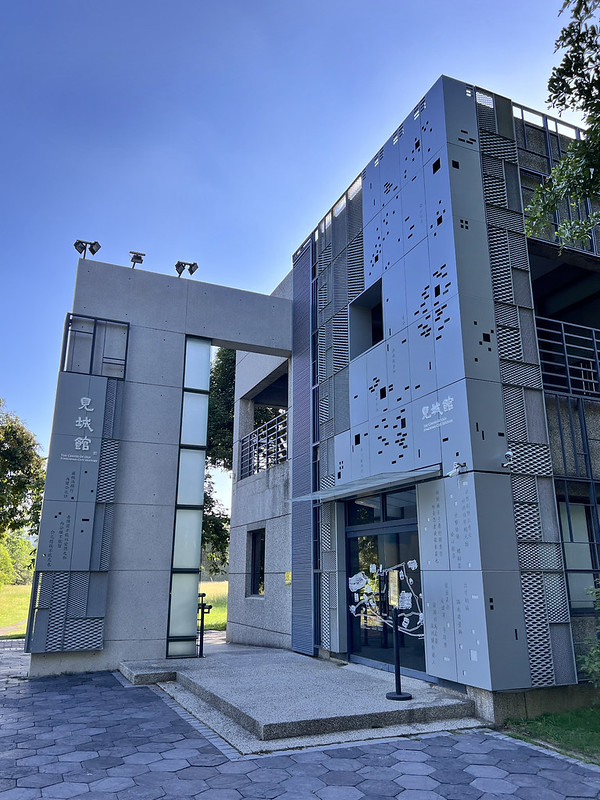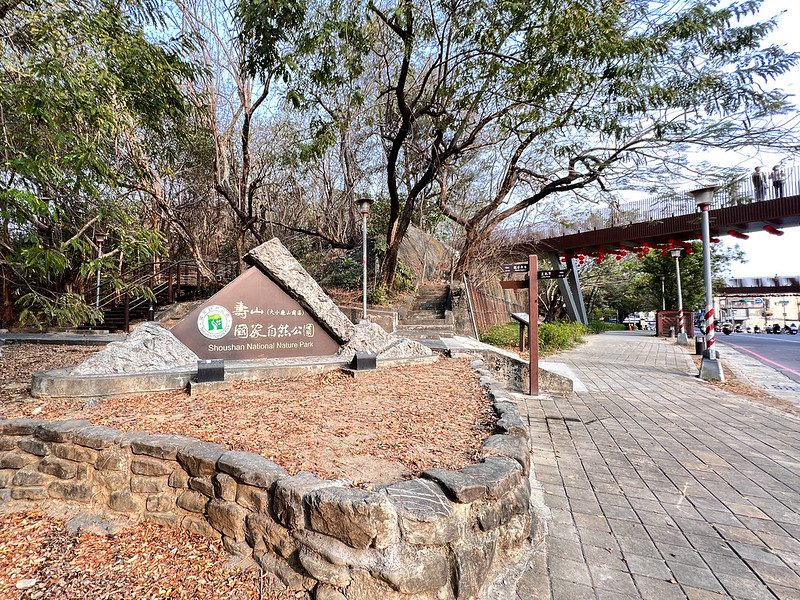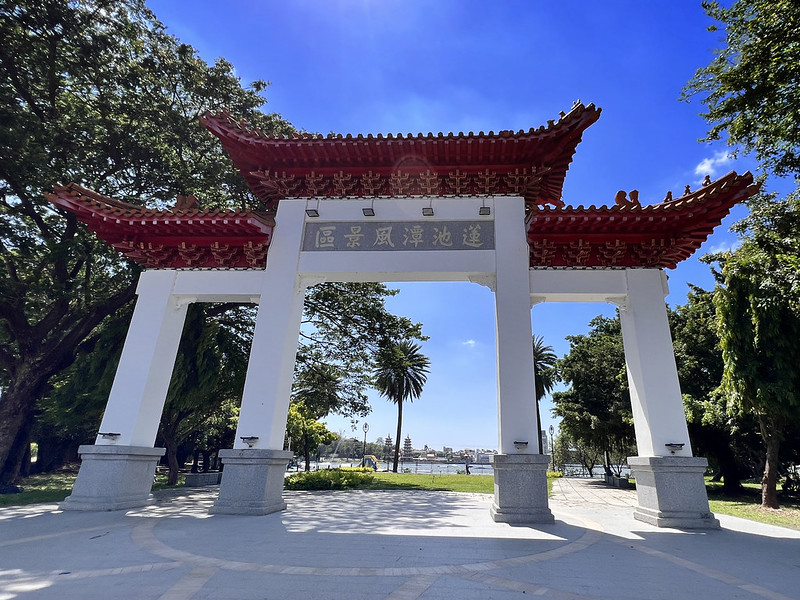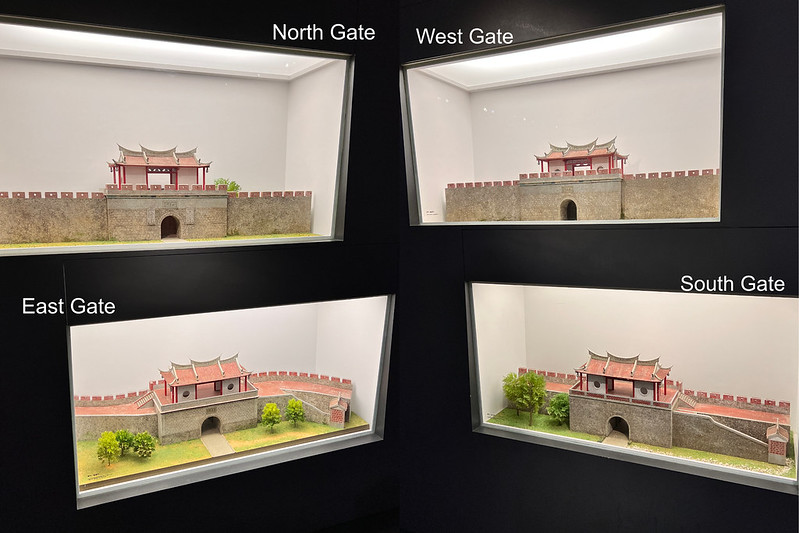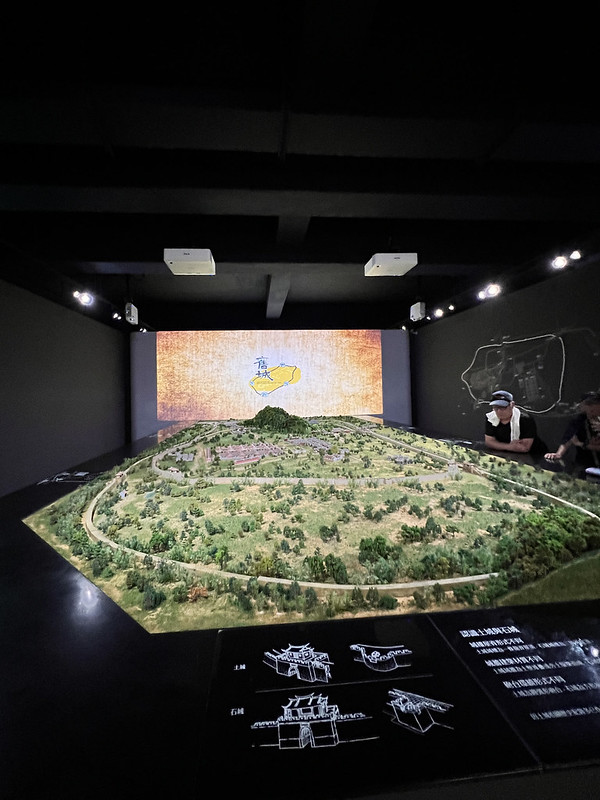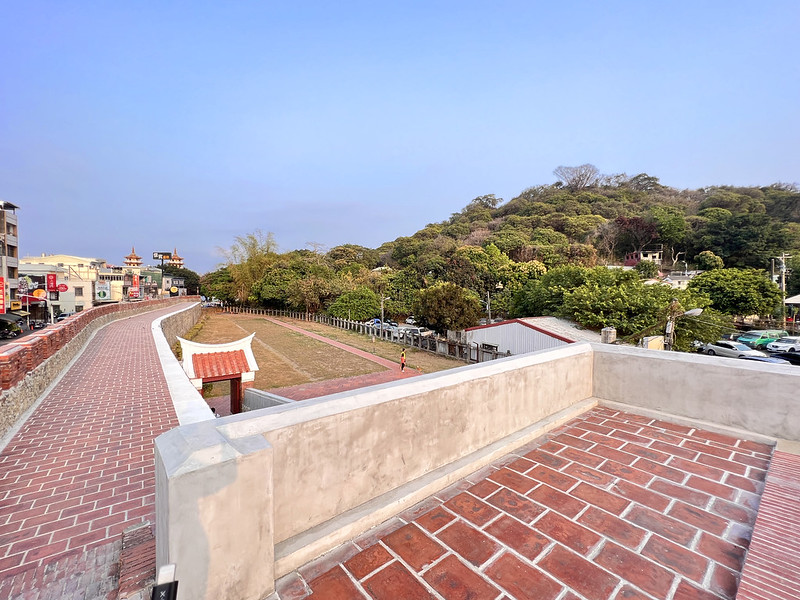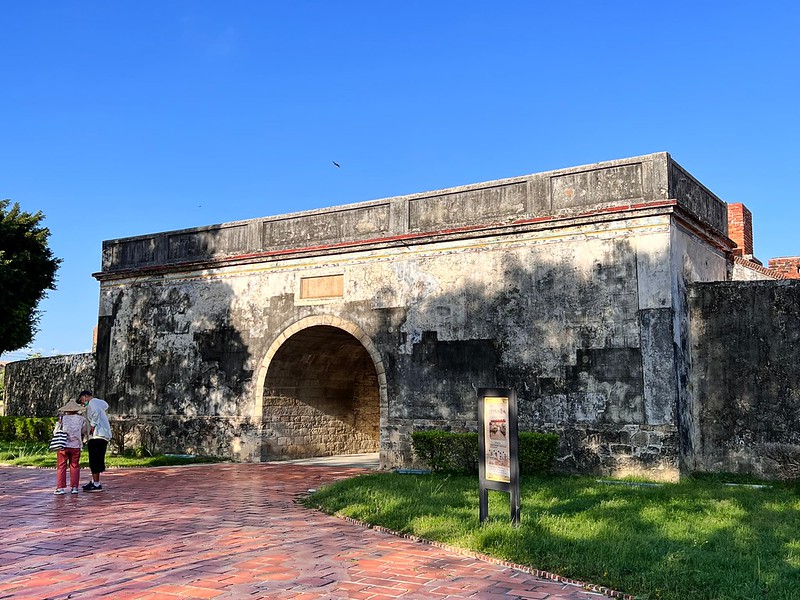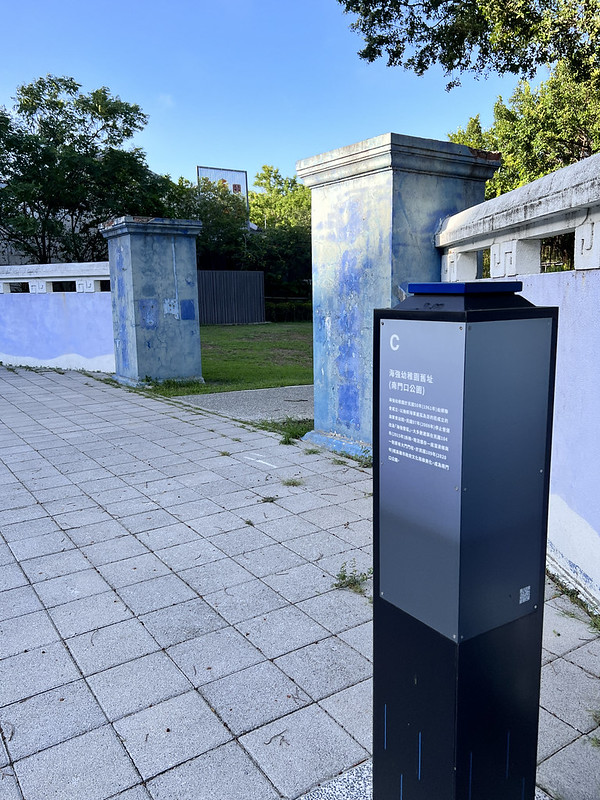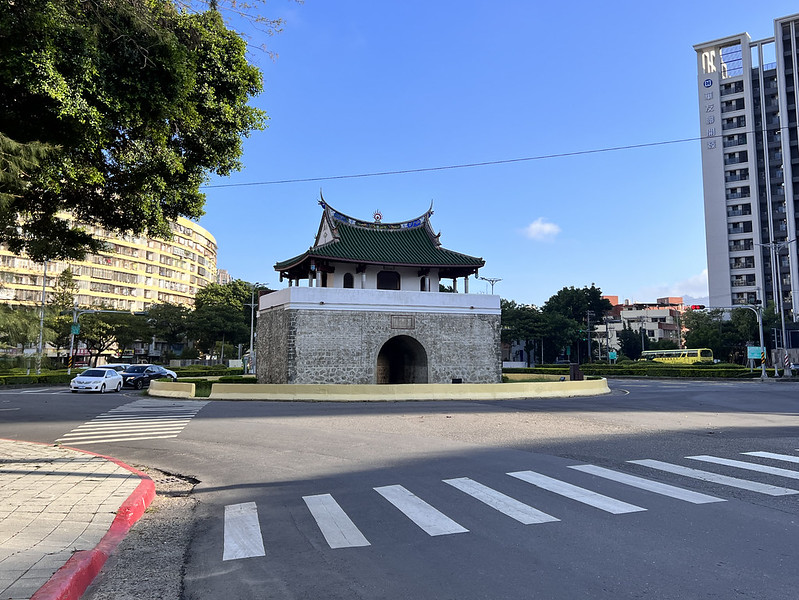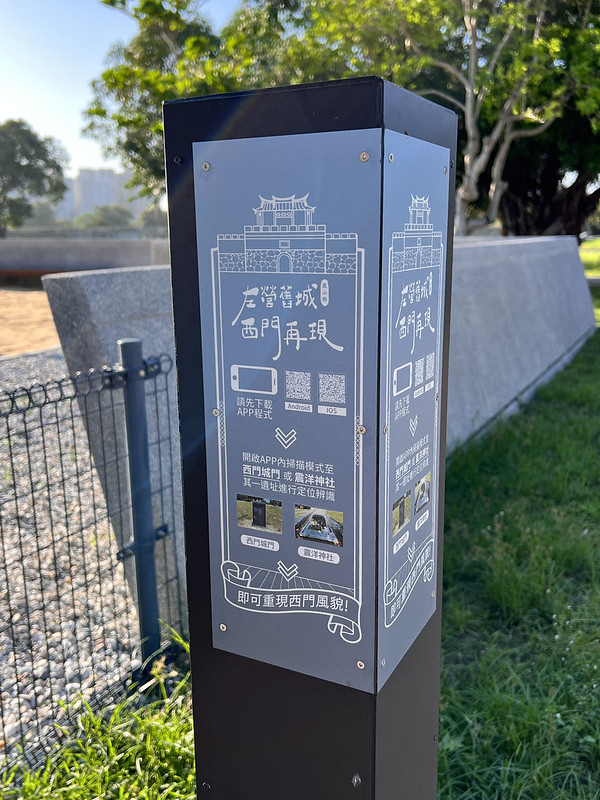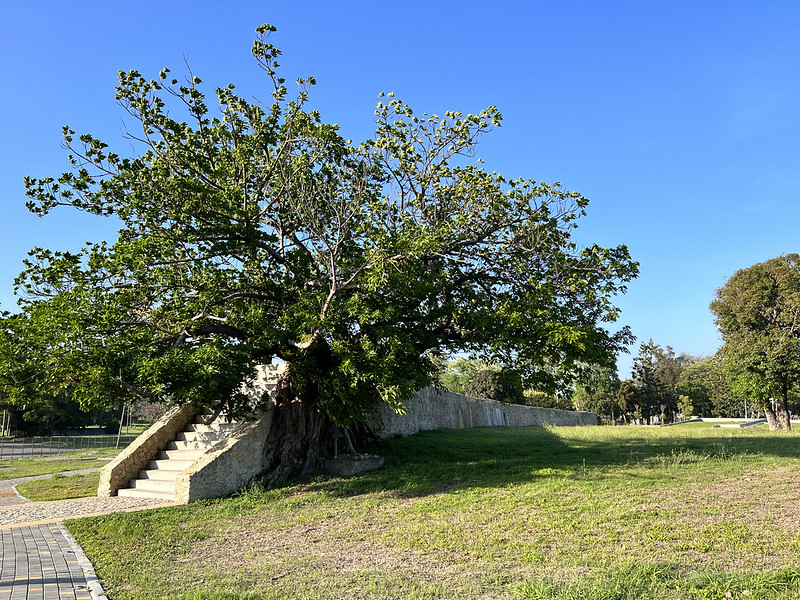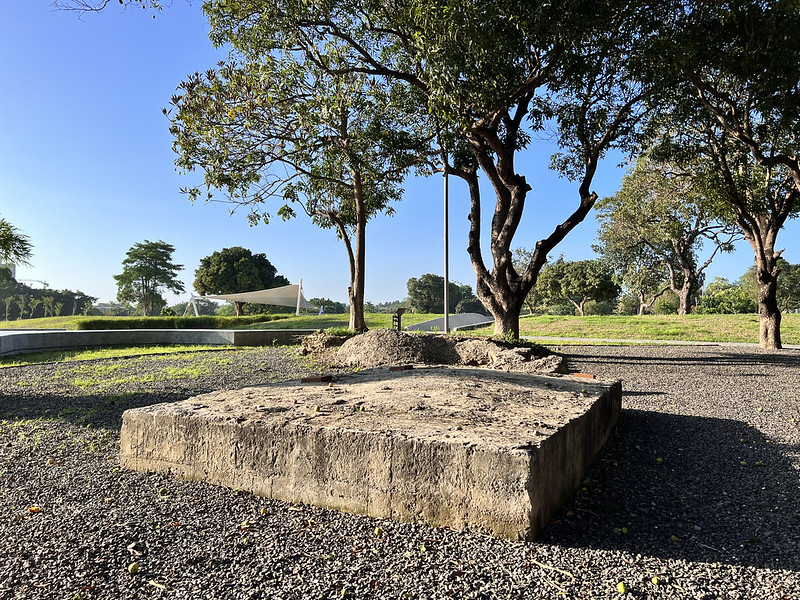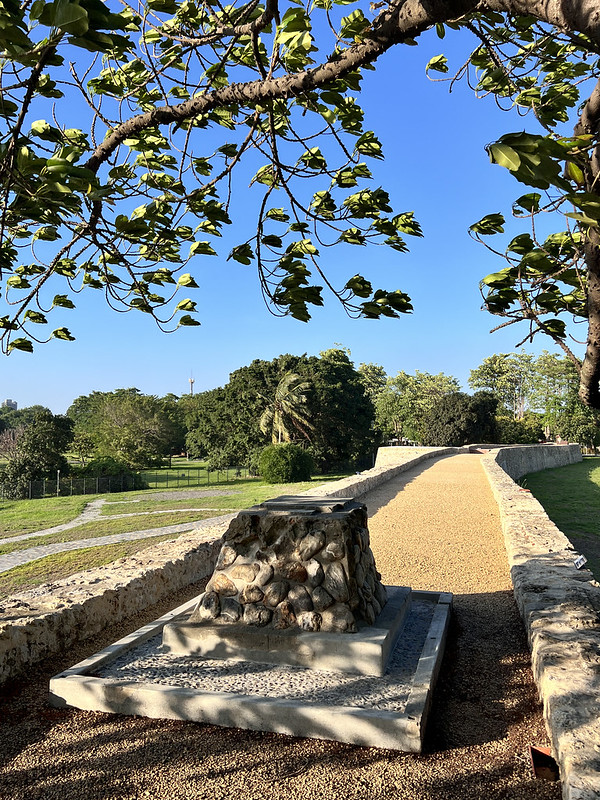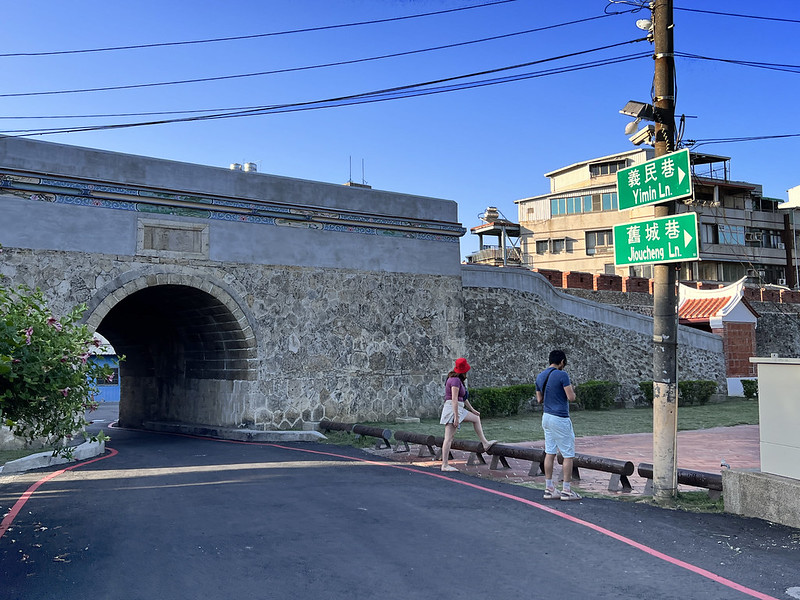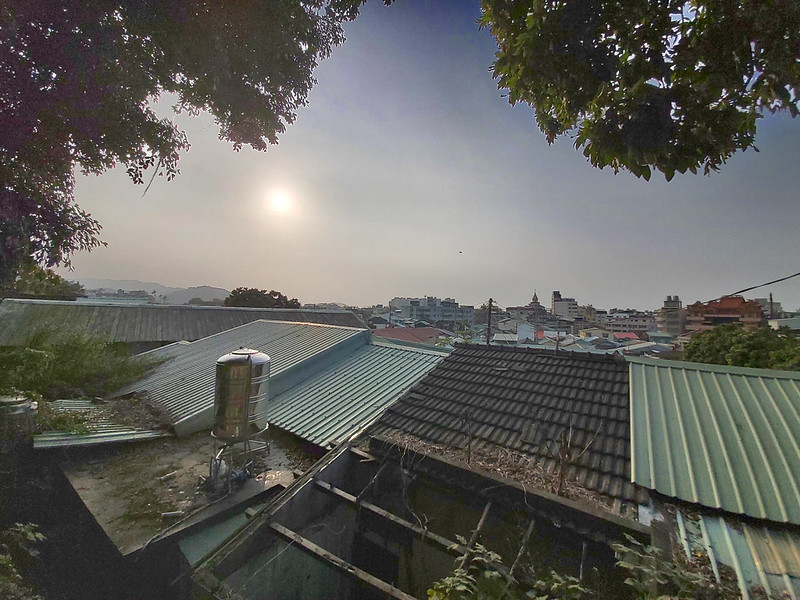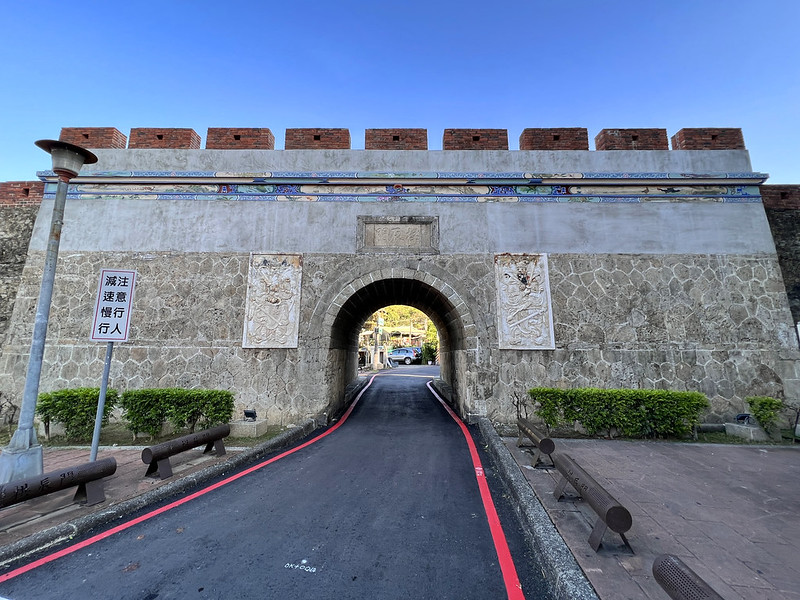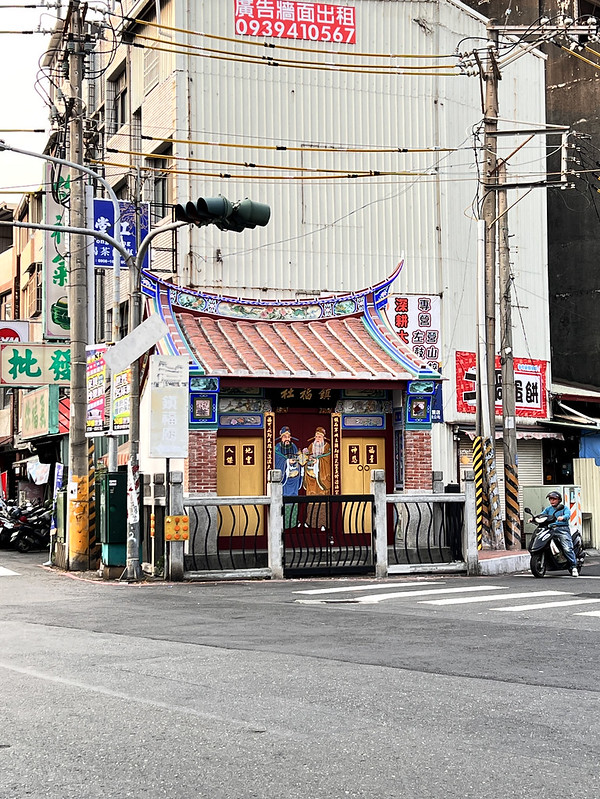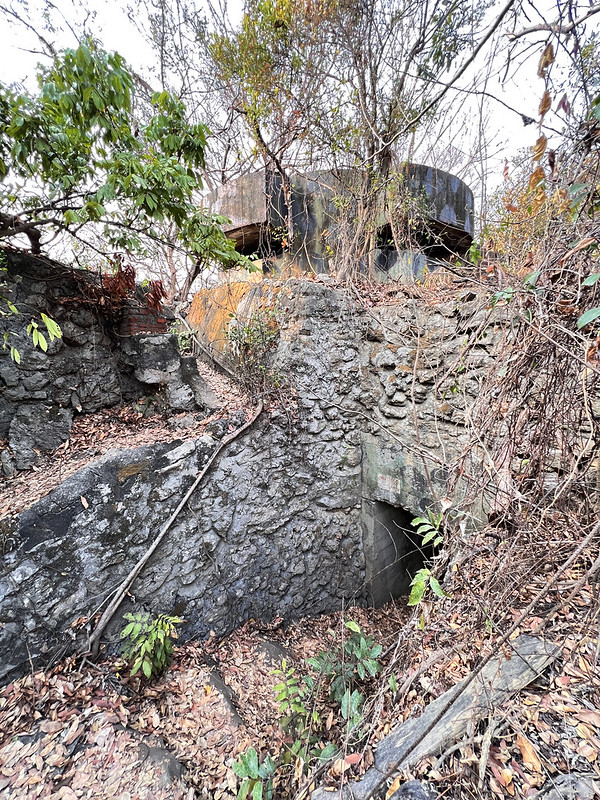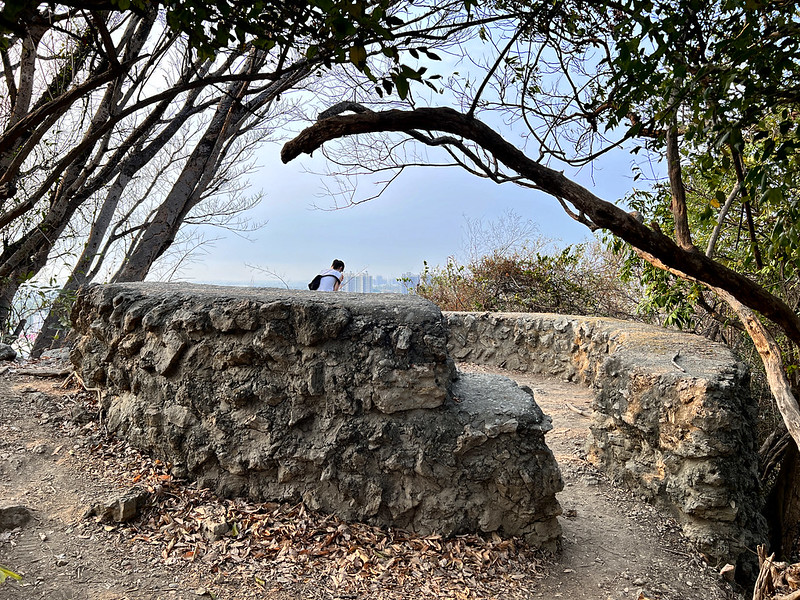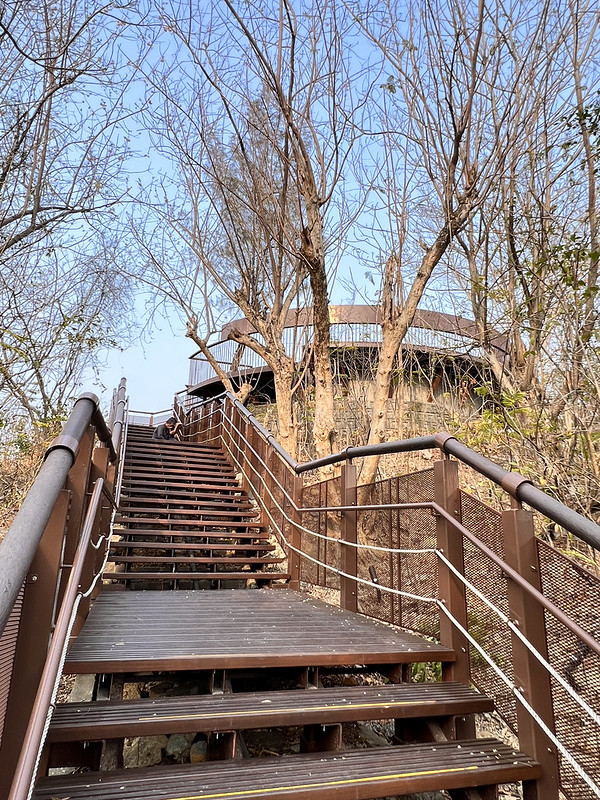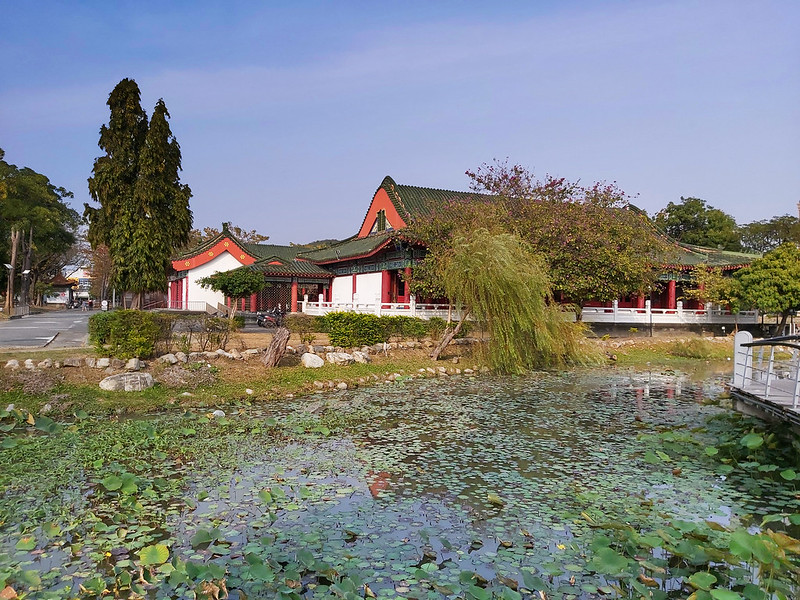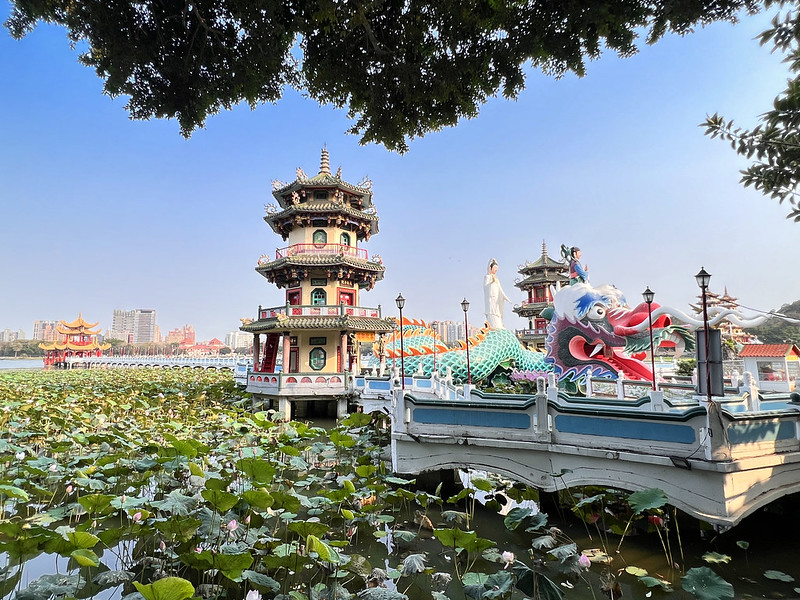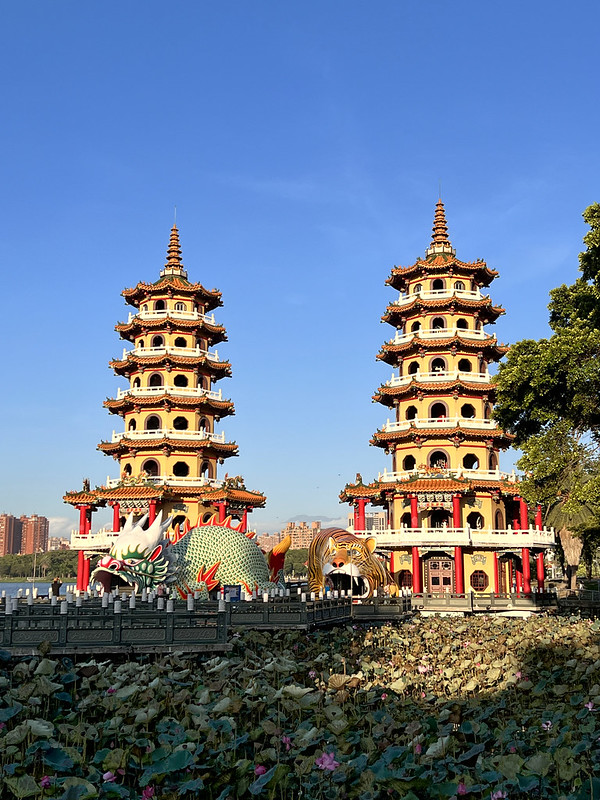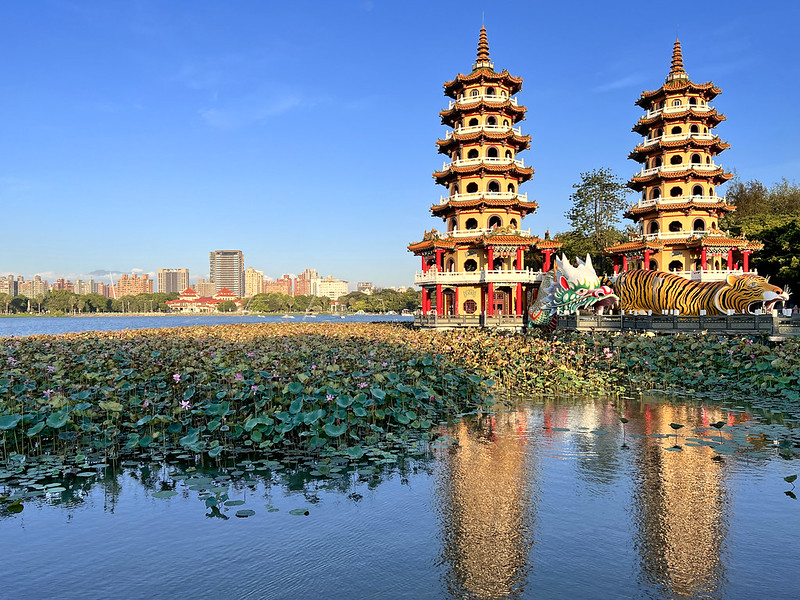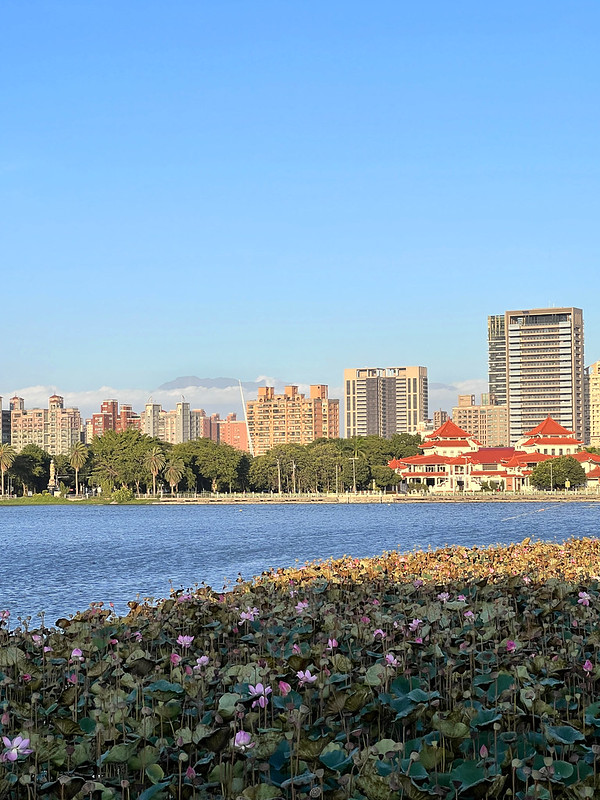Kaohsiung Nature and History Series: Discover the Rich History of Old Fongshan City and Turtle Mountain in Zuoying
Kaohsiung, the third-largest city in Taiwan, has a rich history and stunning natural beauty that many locals
and tourists alike are unaware of. From Old Fongshan to the modern metropolis of Kaohsiung City, there is so
much to explore. Hiking trails like Turtle Mountain (Guishan) and scenic spots like Lotus Pond (Lotus Lake)
offer breathtaking views of the city and its surroundings.
In this post, I'll guide you through planning your backpacking trip or day trip using various modes of
transportation, including UBike, MRT/Tram (light rail transit), bus, or on foot, starting from Taiwan High
Speed Rail.
This is Part 2 of our Kaohsiung History and Nature series, with Part 3 covering Monkey Mountain, Pier-2 Art
Center, Chihou Lighthouse, and more.
Disclaimer:
All content is for inspiration only. Use Taiwan Hikes' suggestions at your own risk. We are not responsible for any losses, injuries, or damages.
Taiwan Hikes may include affiliate links. When you purchase through these links, you support our ability to continue providing FREE content — at no additional cost to you.
All content is for inspiration only. Use Taiwan Hikes' suggestions at your own risk. We are not responsible for any losses, injuries, or damages.
Taiwan Hikes may include affiliate links. When you purchase through these links, you support our ability to continue providing FREE content — at no additional cost to you.
Table of Contents:
Exploring Taiwan? Save Time with the Ultimate 2025 Hiking Guide! Discover the top hikes in every city and
county across Taiwan—all accessible by public transport (bus links available). We've spent 50+ hours
researching the best trails and transit options, so you can skip the hassle and start your adventure!
About Old Fongshan (Fengshan) City and Turtle Mountain and Why You Should Visit Those Places
It's difficult to put Kaohsiung's 400-year history into short paragraphs. Here is only a rough picture of
Kaohsiung's past so you can gain a basic understanding. Therefore, I highly recommend you visit the Center of
Old Fongshan City History if you are also into history.
Your support empowers Taiwan Hikes to create more FREE content, making your hiking adventures in Taiwan
even more enjoyable. Click "Buy Me A Coffee" or use our affiliate links to support.
Brief History of Old Fongshan (Fengshan) City: A County with Two Forts, Also Kaohsiung's Past
Zuoying's development can be traced back to Zheng Chengong 鄭成功 or Koxinga, the Ming Dynasty loyalist who
continued to fight against the Qing government.
Zuoying was close to Wandan Harbor (now Zuoying Navy Port), with Turtle Mountain (Guishan or spelled as
Gueishan) and Snake Mountain (Sheshan) as the natural barriers. Snake Mountain is the north tip of Shoushan
(Monkey Mountain) nowadays.
Due to the strategic benefits, Zuoying (called Xing Long Zhuang 興隆庄 in Qing Dynasty) was deemed the ideal base
when Zheng Chengong brought the army to southern Taiwan.
The early Qing Emperors, Kangxi 康熙, Yongzheng 雍正, and Qianlong 乾隆, prohibited the construction of forts or
defensive walls in Taiwan to prevent possible rebellions like Zheng Chengong from rising again. During Kangxi,
the Qing Dynasty conquered the remaining uprisings from Zheng Chenggong in 1683.
However, the lack of proper administration and endless corruption pushed people over the edge, so the riots
and pirates never ceased.
Caught between the Qing prohibition of fort construction and the recurring insurgence, the governor came up
with the idea of using dirt instead of standard bricks to build defensive walls in 1722.
The first dirt fort in Taiwan was born. Later the fort evolved and was equipped with 4 canoes at the four
gates in 1760.
In 1825, the old dirt fort underwent renovation and expansion. To save the cost of the fort's construction,
the Taiwan governor asked the local people to donate money and finally gather enough funding to start the
project.
The abundant materials of coral stones 咾咕石 from the nearby mountains were widely used to build the defensive
walls. The new fort was finished in 1826, and it is also the first stone fort in Taiwan.
In 1786, Fongshan City was seized twice by Lin Shuang Wen 林爽文, an uprising leader. In 1788, the Qing
government relocated Fongshan City to Xia Bi Tou 下埤頭 (now Fongshan District of Kaohsiung).
In order to distinguish both places, the one in Zuoying was called Old Fongshan City, and the other was called
New Fongshan City. As a result, Fongshan County was the only administrative area with 2 forts in Taiwan.
WWII and Formosa Air Battle
New Fongshan City/Fort was dismantled during the Japanese Occupation to build new infrastructure. However, Old
Fongshan City couldn't escape the damage, either.
The Japanese and later governments tore down more walls and turned Takao (Kaohsiung's old name) into one of
the Japanese most important air and naval outposts during the Japanese occupation. During WWII, the Japanese
government established many advanced industries to support their attacks in Takao. On October 12, 1944, United
States fighter planes started days of aerial attacks on Formosa, especially Takao (Source).
This battle lasted for five days. But the ordeal of Takao didn't end there. There were more air strikes later.
According to records of the Fifth Air Force-Air War against Japan, the shelling in Takao (Kaohsiung) alone
reached 2,559.2 tons (2,321,665 kg) between October 12, 1944, and August 10, 1955 (Source). It's not a surprise that many buildings were
destroyed during that time.
After the KMT government built more military dependents' villages in Zuoying, the residents also added more
illegal structures along with the old walls.
Finally, the remaining Old Fongshan City in Zuoying gained recognition after local historians worked hard to
preserve history. The past of Old Fongshan City was presented in the public eye.
Old Fongshan City Renovation: Transformed from the Ruins
Fast forwarding to today, Kaohsiung City started the Old Fongshan City Renovation project in 2016 to present
this history to the public. The Old Fongshan City Wall Historic Route 見城之道 is part of this renovation and was
open to the public on March 26, 2023.
According to this renovation, this route is meant to 'sew back' 縫合蓮潭 Xiao Guishan (Little Turtle Mountain) 小龜山
and Da Guishan(Big Turtle Mountain) 大龜山 separated by Shengli Road 勝利路 since 1930. This 'sewing back' is also
meant to recover the Fengshui 風水. The length of this route is 770 meters (2,526 feet) long.
Other projects under this renovation
are still underway.
Lotus Pond, Lian Chi Tan 蓮池潭
The history of Lotus Pond can be traced back to 1868 when a Fongshan governor built the Confucius Temple. It
was called Ban Chi, a half-circular pond, and a pond like this was an essential amenity for building a
Confucius Temple. At that time, the governor planted many lotus flowers, and that's where Lotus Pond got its
name from.
In the old days, the area of Lotus Pond once reached 75 hectares (185 acres). Due to the increased population
and development, it shrank to 45 hectares (111 acres).
Kaohsiung hosted the 8th edition of the World Games in 2009. Lotus Pond was chosen as the Canoe polo, Water
skiing, and Dragon Boat race venue. To deepen the water depth from 1 meter to 3 meters, the Kaohsiung
government embarked on the largest scale of dredging.
You will find more than 20 temples surrounding Lotus Pond. The famous landmark: The Dragon and Tiger Pagodas,
belongs to one of the temples here, Zuoying Ci Ji Temple 左營慈濟宮. The custom to visit the Dragon and Tiger
Pagodas is to enter the Dragon entrance and exit from the Tiger one because you don't want to send a sheep
into a tiger's mouth 羊入虎口.
In 2017, CNN's story, Why Kaohsiung should be on your travel lis put Lotus
Pond and the Dragon and Tiger Pagodas in the spotlight and vising Lotus Pond has become popular among the
international tourists.
Itineraries, Maps/ GPX Data, How to Get There and Accommodations to Consider
Brief itinerary: High Speed Rail Zuoying Station ➔ Banpingshan ➔ Farewell, 886 - Cultural
Park of Taiwan Military Veteran Village, and Admiral's Residence ➔ Jiancheng Exhibition Hall (Center of
Old Fongshan City History) and City Gates/relics ➔ Guishan Trail ➔ Lotus Pond ➔ High
Speed Rail Zuoying Station
Public Transportation and UBike
This route starts at Zuoying Station on High Speed Rail. You can get there by Kaohsiung MRT, train, or bus. If you
travel with your luggage, there are lockers at Zuoying Station (MRT, High Speed Rail, and Xin Zuoying Station).
If visiting all those places is too much in one day, you can arrange the destinations you are interested in.
To make this loop walk/hike, you can do it on foot or by UBike to connect those stops. Here is the map for UBike docks.
You will see the bike paths around Lotus Pond, too.
Accommodations to Consider
To transform the old military dependents' houses and give
them a new life, the Kaohsiung Government initiated a project called Living to Replace Maintenance (I can't find
the official English translation) 以住代護 to preserve those houses in Huangpu Village 黃埔新村 of Fongshan in 2014. This
project extended to Jianye Village 建業新村 of Zuoying.
This project encourages those interested in Juan Cun culture to send their proposals of how they will run
businesses with those houses. Some houses have transformed into B&B, restaurants, workshops, etc.
If you want to have a taste of Juan Cun's life, you can click here to see those B&B and book your
stay in Kaohsiung. Some B&B owners grew up in Juan Chu, and they have tons of stories to share.
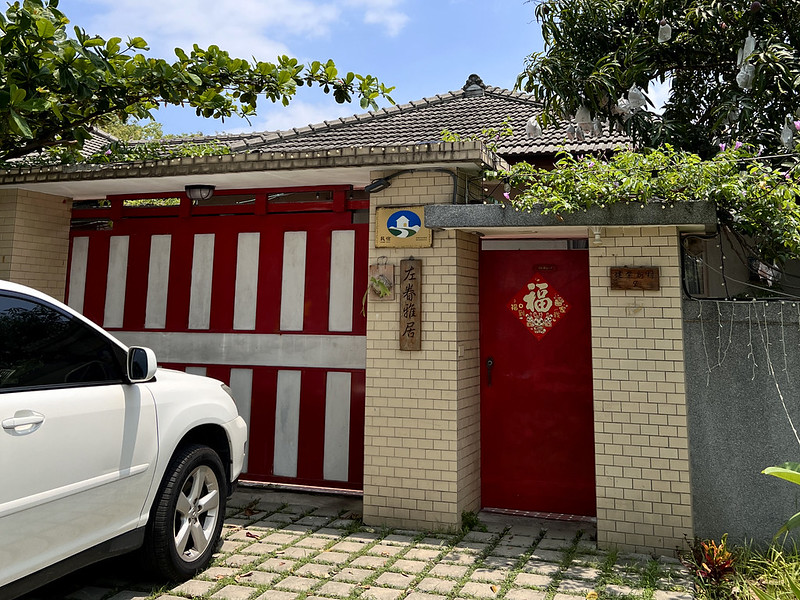
Find the Trace of Kaohsiung's Past Life: Old Fongshan City and Gates
You can rent a UBike and cycle from Farewell 886 to Lotus Pond. Then, turn to the Center of Old Fongshan City History because you might be in time for the
guided tour.
A Must-visit Place: Jiancheng Exhibition Hall (Center of Old Fongshan City History) 見城館
- Admission fee: NT$49
- Closed on Mondays, except for public holidays.
- No food or drink is allowed.
According to this center's website, this video and diorama display is the first one that integrates videos,
animations, diorama, and projection mapping to demonstrate the history.
The four remaining gates and the site of West Gate are listed as national historic sites.
After watching this video, you will have a clear idea about the history of Kaohsiung (the old name, Fongshan) in
the past 300 years.
With the help of an AR handheld, I saw the stele's inscription and description of the displayed items in this
center. As an old Kaohsiung ren (meaning person 人 in Chinese), I never fully understood the past of Kaohsiung,
and I was truly in awe.
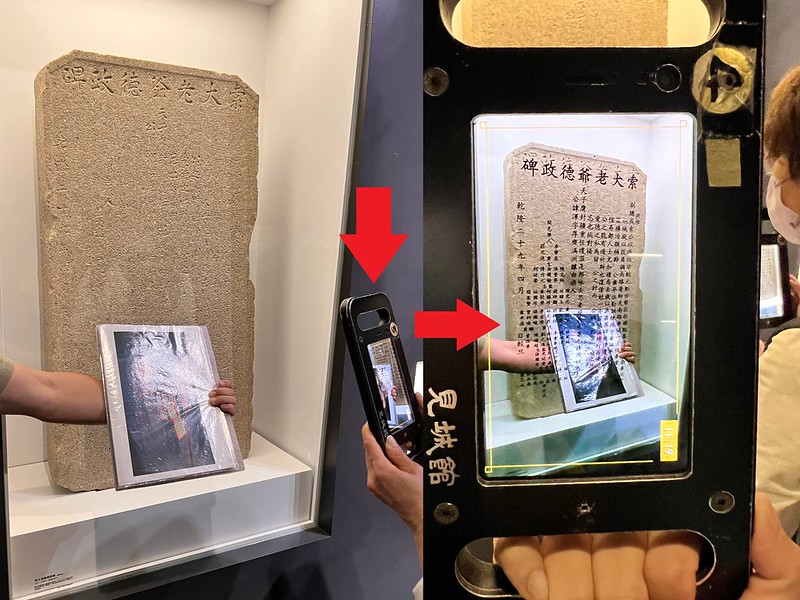
Old Fongshan City Gates: East Gate - Fongyi Gate 東門 - 鳳儀門
After visiting the center, you can take the Old Fongshan City Wall Historic Route. Or take a loop walk to see
the four gates.
You can do it clockwise or counterclockwise, on foot or a bike. It took me one hour to finish the loop on foot,
but it would be much better if this were a guided tour.
I visited Fongyi Gate, the east gate, by following the historic route and returned to the ground level to see
the remains of the defensive walls integrated with residential houses.
Following the gate wall and the shallow moat, you can see the details of the wall materials, mostly from coral
stones 咾咕石.
When I got close to South Gate, I saw huge trees and their roots intertwined with the wall.
Old Fongshan City Gate: South Gate – Qiwen Gate 南門 - 啟文門, Rebuilt, but Not the Original Style
Soon you will reach a big rotary or roundabout. Before the rotary, you will see a slide on your right. This
place used to be a Hai Jiang Orphanage 海強幼稚園.
This orphanage was established by the National Women's League of the R.O.C. 中華民國婦女聯合會 (婦聯會) to take care of the
children of the deceased sailors. National Women's League was founded by the wife of the former president, Soong
Mei-ling 宋美齡.
Most buildings of this orphanage were demolished, and only this slide and the gates were left.
The building at the center of the rotary is South Gate, Qiwen Gate. However, this is not the original style. It
is said it was a replica of Taipei City South Gate.
When the Kaohsiung government was trying to rebuild this gate in 1961, the lack of proper archeology and history
research contributed to several mistakes, and the south gate ended up like this.
You can take the crosswalk to see South Gate.
Old Fongshan City Gate: West Gate – Dianhai Gate 西門 - 奠海門. Now West Gate Ruins Park 西門遺址公園
During the Japanese Occupation, the Japanese government demolished the South Gate and the walls of the West Gate
in 1921. After 1937, the Japanese Navy leveled furthermore to build houses for sailors and their families.
West Gate, Dianhai Gate, was long gone; only the walls were left. A military dependents' village was built here,
and the residents built extra housing along the walls. After the village was relocated in 2014, the walls were dug up and finally revealed to the public after over 100 years.
This area has been converted into West Gate Ruins Park and open to the public in March 2023. You will find
displays with years and contents to explain the history. Many items from prehistory were dug up when the city
government demolished the military dependents' villages.
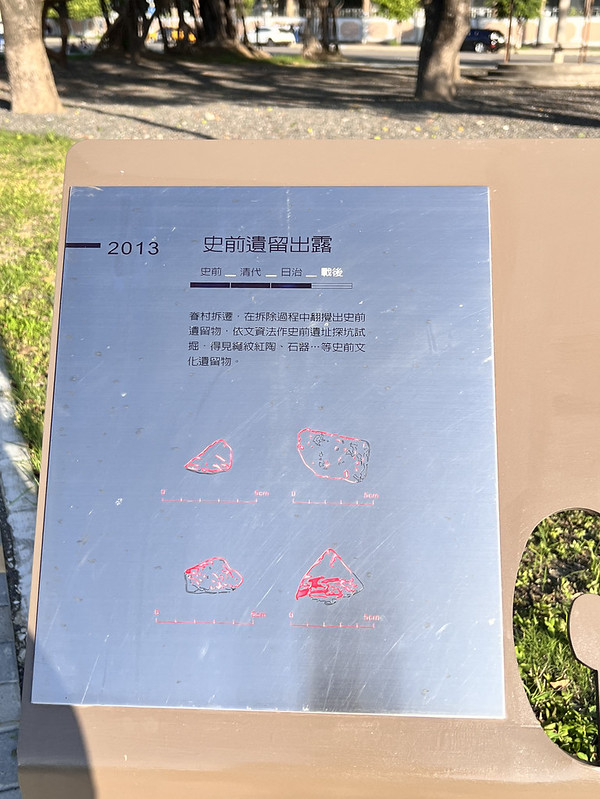
This park is vast and worth visiting, but it was too hot when I was there. Not many shades gave me a getaway,
either. I quickly moved on to my next destination.
The Shinyo Attack Units 震洋特攻隊
During WWII, the Japanese government deployed 10 Shinyo Attack Units 震洋特攻隊 in Taiwan. 4 of them (No. 20, 21, 29, and 31) were
located in Zuoying or Old Fongshan City.
The Shinyo Attack Units were one of the Imperial
Japanese Navy and Army units specialized for suicide missions. The Shinyo meant Sea Quake 震洋, and they were the
suicide speedboats carrying explosives.
The dormitory of No. 21 was built inside West Gate, and there were bunkers for them to hide from the air
strikes. A square bunker was excavated, estimated to be the command center.
You can check out a famous historian/hiker, Tony Huang's video to see West Gate and
the relics of the Shinyo Attack Units here.
I am not sure whether there are toilets at West Gate Ruins Park 西門遺址公園. I saw one at the nearby Triangular Park.
I had to pass this park to return to North Gate anyway.
Yimin Lane and Donglai Village 東萊新村義民巷
To return to North Gate, I took Yimin Lane 義民巷. You might find those houses at Yimin Alley similar to the
military dependents' homes, but they are not less organized and even messier.
Those residents are not dependents. Their parents or grandparents were civilians from Chang Shan Ba Island 長山八島
in Shandong Province and voluntarily came to Taiwan with KMT in 1949. That's why they were called Yimin,
literally meaning Righteous People in Chinese. They were awarded tiny houses here.
The old generations are mostly gone, and people who are not their descendants bought houses here. As a result,
their status does not comply with the regulations to rebuild and renovate the military dependents' villages. The
Defense Department didn't evict them, but the residents here can't renovate their houses, either. This place is
like being forgotten.
Old Fongshan City Gate: North Gate – Gongchen Gate 北門 - 拱辰門, the One with Menshen, Door Gods
North Gate, or Gongchen Gate, might be the most famous one in Old Fongshan City. Gongchen Gate is the only one
among the four that has two door gods or Menshen 門神: Shen Tu 神荼 and Yu Lei 鬱壘.
Yu Lei 鬱壘 is the one whose right hand held a ring.
There was a well called Gongchen Well 拱辰井. With the urban planning, this well is now in the middle of a busy
intersection. The well was leveled and covered up to prevent traffic accidents. It looks like a manhole now. You
can check the link here to see what the well looked like.
Across the intersections, a small temple sits quietly, looking over people and the heavy traffic. This is Zhen
Fu She 鎮福社, a small temple worshiping the earth god. This small temple was built in the 17th century when Zheng
Chengong 鄭成功, or Koxinga, came to Taiwan. This temple is also listed as a national historic site.
Zhen Fu She has been in my memory since my adolescence. I noticed this temple when I studied high school in
Zouying because I thought it looked adorable. Whenever I visit Zuoying, I would come here to check out this
temple.
Back to the Historic Route and Turtle Mountain (Guishan) Trail
On the way back from North Gate, I took the steps and first hiked to Da Guishan (Big Turtle Mountain). This
mountain is on the south side of Shengli Road, while Xiao Guishan (Little Turtle Mountain) is on the Lotus Pond
side.
So, there are two Turtle Mountains (Or Turtle Hills), to be exact. My friend Glenn has a post about Turtle Mountain.
The footpath at Big Turtle Mountain is easy to follow, and it's more like a stroll. The highest point at Guishan
is 63 meters (207 feet) above sea level.
The mountain resembles Banpingshan, full of limestone rocks and exotic trees.
You will find many old bunkers along the footpath, indicating the strategic significance of its past. I climbed
to the top of a bunker and overlooked the Old Fongshan City Wall North Gate.
The renovation of North Gate looks new, but almost too new to recognize its history.
This trail has several exits, but I took the overpass and walked to Little Turtle Mountain. This overpass is
part of the Old Fongshan City Historic Route, trying to connect Big Turtle Mountain and Little Turtle Mountain
again.
This much smaller hill is next to the Dragon and Tiger Pagodas. I walked to the deck and had a full view of
Lotus Pond and Banpingshan in the distance.
Legend has it that when Shengli Road was built and cut through Turtle Mountain, it destroyed Fengshui, like
severing the head of a turtle. The villagers even reported that the water on this side of Lotus Pond turned red,
like a wound oozing blood.
Looking at Banpingshan from Little Turtle Mountain, the distinctive contour of Banpingshan is long gone, along
with many stones and walls of the Old Fongshan City. Only the history and stories remain.
Lotus Pond and Guishan (Turtle Mountain) Trail
Lotus Pond might be the most famous attraction in this post. There are already hundreds of posts sharing Lotus
Pond. You can find the details of Lotus Pond from Foreigners in Taiwan.
You even can find water activities here, Lotus Wake Park 蓮潭滑水主題樂園.
When the weather is good, I was surprised to see Mt. Beidawu 北大武山, 3,092 meters (10,144 feet). Mt. Beidawu is
the southernmost 100 Peaks in Taiwan, located in Pingtung.
I passed a small area with hundreds of turtles here. I wondered whether I had seen some of them in the 1980s
when I was in high school.
You can either walk or rent a UBike to cycle around this lake. You can cycle from Lotus Pond to Love River,
around 25 km (15.5 miles). You can find the bike docks here.
